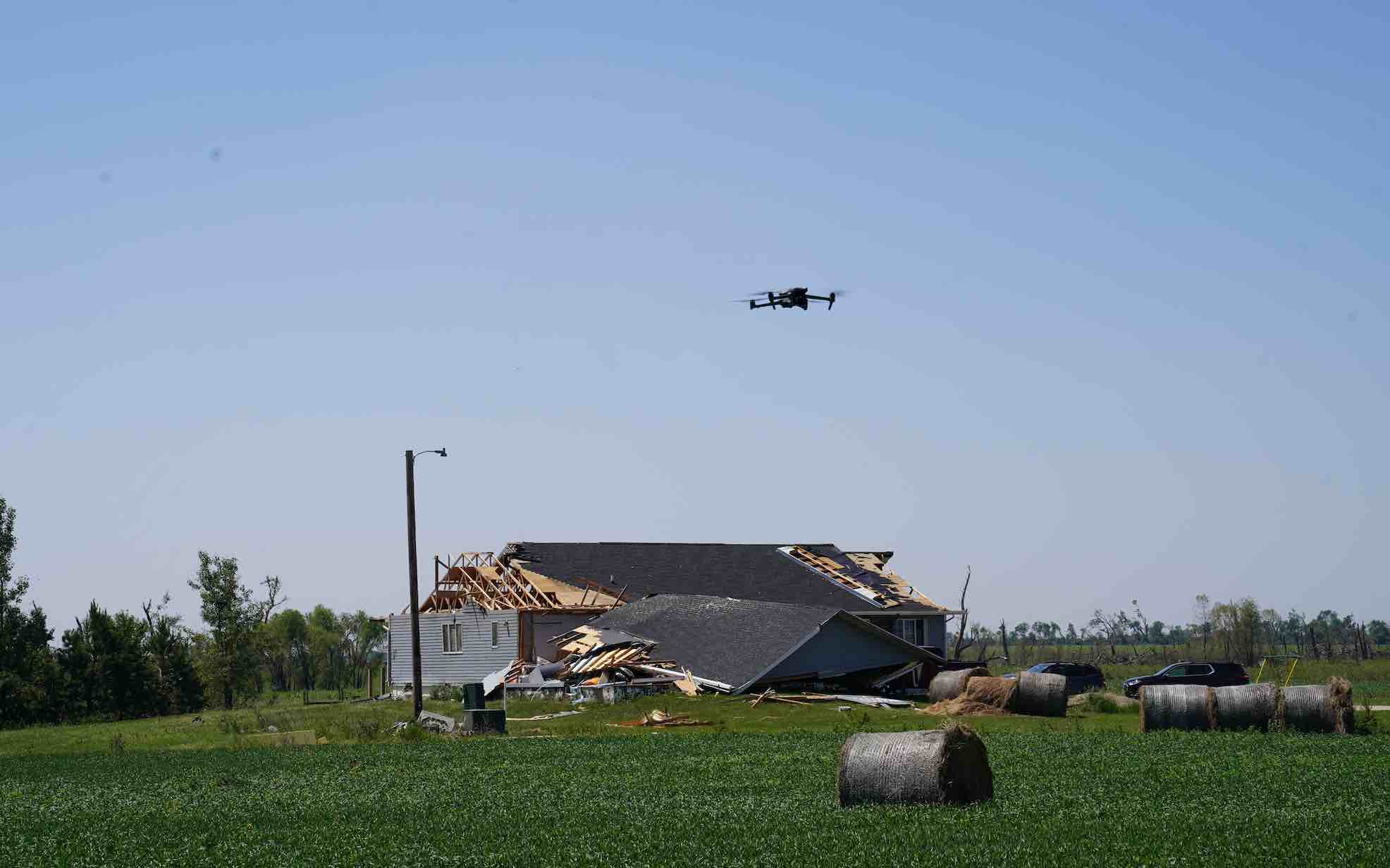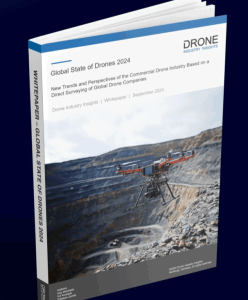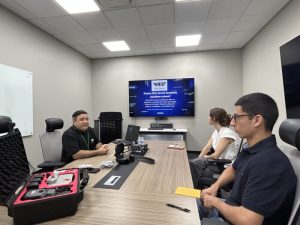How the Northern Plains UAS Test Site (NPUASTS) Played a Vital Role in Tornado Recovery in North Dakota
When disaster strikes rural areas—disrupting lives, toppling homes, and burying cherished belongings under heavy debris—a swift response is essential. In the vast expanses of North Dakota, recovery can seem daunting. When strong tornadoes swept through Enderlin and Sheldon in June 2025, the community garnered support from a high-tech ally: the Northern Plains UAS Test Site (NPUASTS), known for its leadership in unmanned aerial systems (UAS) innovation and emergency response.
The Impact of the Tornadoes
On the evening of June 20, 2025, southern North Dakota was hit by severe weather, including extreme winds, large hail, and multiple tornadoes, some rated EF-1 and EF-2. These storms caused fatalities, destroyed buildings, derailed trains, and damaged infrastructure. Power outages affected nearly 37,000 residents, and the full scale of the devastation took days to assess.
Amidst the chaos, a pressing need arose: searching large areas for lost belongings, assessing damage, and aiding farmers and emergency responders. Here, drones with their aerial capabilities proved groundbreaking.
Understanding NPUASTS
For those unfamiliar with drones, NPUASTS may seem like a mysterious acronym. In reality, the Northern Plains UAS Test Site is a significant entity. Located in Grand Forks, North Dakota, and in collaboration with the FAA, NPUASTS excels in UAS testing, research, and operational leadership.
The team, comprising engineers, pilots, and regulatory experts, has been pushing the limits of unmanned flight for over a decade, advancing military logistics, public safety, and commercial innovation. In North Dakota, it’s seen as a valued partner and community ally.
Drones as Lifelines Post-Disaster
Following the tornadoes, recovery crews faced logistical challenges: systematically locating missing belongings and debris before crops obscured everything. Here, NPUASTS and its skilled drone pilots stepped in.
How Did They Assist?
- Rapid Deployment: NPUASTS responded quickly upon learning of the communities’ plight through social media. A team of expert drone pilots volunteered, arriving at dawn.
- Aerial Surveillance: The team used advanced systems to conduct extensive searches over farmland, roads, and homes, quickly identifying debris and marking GPS locations for ground teams.
- Efficiency and Safety: Drones provided a more efficient, safer way to search than foot or vehicle patrols, particularly as environmental conditions worsened.
- Prioritizing People: The mission was about more than documentation. The NPUASTS aimed to help families recover lost items.
Victor Meza, a spokesperson for NPUASTS, highlighted the human element:
“Our team responded swiftly, aiming to return lost items to those affected by the tornado. Our mission is to use technology for public benefit and community support.”
The Technology: Vantis and BVLOS
Central to NPUASTS’s effectiveness is Vantis—North Dakota’s unique Beyond Visual Line of Sight (BVLOS) system. Thanks to FAA exemptions, NPUASTS can operate drones over greater distances safely and efficiently, providing valuable data that complements ground efforts.
A Community-First Approach
NPUASTS’s response to the tornadoes exemplifies its commitment to the community. The test site has a history of aiding in disaster recovery across North Dakota, building its reputation through consistent, collaborative efforts with local organizations.
Governor’s statement reflects the collective spirit of resilience and recovery:
“North Dakotans are strong, and through collaboration and care, we will recover as we always have.”
Coordinated Recovery Efforts
NPUASTS collaborated with:
- Local emergency managers: Assisting ground teams and ensuring safety.
- State agencies: Managing disaster declarations and infrastructure assessments.
- Farmers and Residents: Utilizing drone footage for property recovery and insurance claims.
In today’s age, effective disaster recovery pairs technology with human effort, bridging the divide between data and action.
The Broader UAS Landscape in North Dakota
The events in Enderlin and Sheldon reflect North Dakota’s cutting-edge status in UAS technology, bolstered by over $100 million in infrastructure development.
Notable Project: ULTRA
Project ULTRA is a prominent initiative, transforming military logistics through North Dakota’s advanced testing environment. The same technology that supports military and scientific goals was crucial to aiding local communities during the tornado crisis.
The Human Touch of NPUASTS
Ultimately, NPUASTS is driven by people—engineers and pilots redirecting their skills towards disaster relief, supporting their community through advanced technology and genuine empathy.
Expert Recommendations: Incorporating Drones in Disaster Recovery
- Engage Local Experts: Foster ties with UAS groups and emergency services before disasters occur.
- Utilize Social Media: Social platforms played a key role in the rapid response of NPUASTS.
- Invest in Training: Licensed pilots with BVLOS capabilities unlock drones’ full potential in challenging conditions.
- Handle Data with Care: Use aerial imagery to aid operations while safeguarding residents’ privacy.
- Adaptability: Blend technology with human intuition for tailored disaster responses.
Case Study: The Recovery of Farmer Johnson
Consider Steve Johnson, a farmer near Page, North Dakota. The tornado’s aftermath left his grain storage emptied. Drone imagery allowed him to assess damage swiftly, enabling him to apply for disaster-recovery loans funded by an emergency state provision.
Future Prospects
As North Dakota progresses, the relationship between its residents and NPUASTS grows stronger. Drones have become an indispensable tool in rural recovery, marking a shift towards a robust and responsive future.
When you see a drone after a storm, rest assured—technology is working to support those on the ground.
—
For more information, connect with NPUASTS through their official channels or your local emergency management office. Together, technology and community can face even the toughest challenges.













